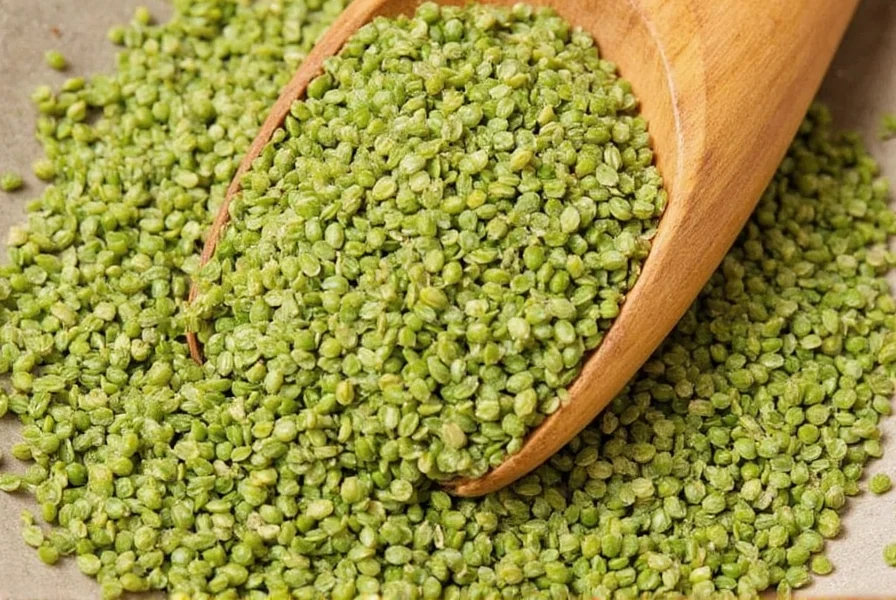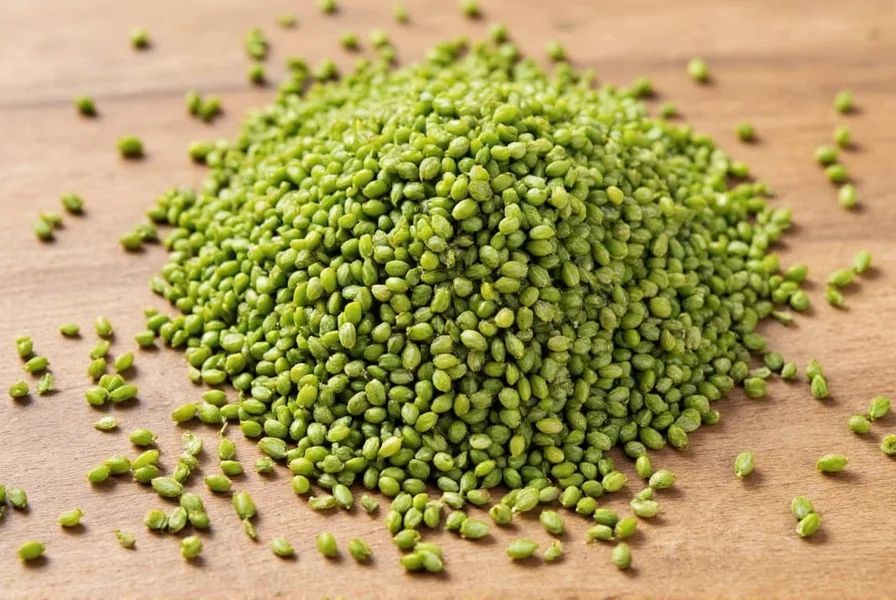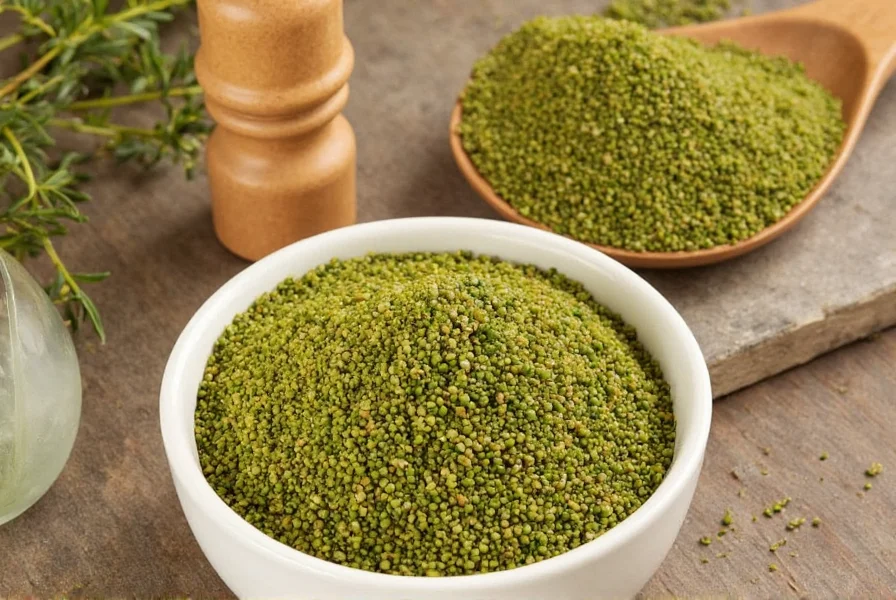Understanding the distinction between green cumin and its mature counterpart is essential for culinary precision. While both come from the same Cuminum cyminum plant, harvesting timing creates significant flavor differences that impact cooking applications. Green cumin seeds are plucked when still soft and moist, typically 2-3 weeks before full maturity, preserving their distinctive bright character.
Botanical Characteristics and Harvesting Process
Green cumin's unique properties stem from its harvesting window. Farmers monitor seed pods carefully, collecting them when the umbels turn from white to pale green but before they dry and darken. This early harvest preserves higher concentrations of terpenes like γ-terpinene, which contribute citrusy notes absent in mature seeds.
The post-harvest handling further differentiates green cumin. Unlike regular cumin that undergoes sun-drying, green cumin often uses controlled dehydration at lower temperatures (40-50°C) to maintain color and volatile compounds. This careful processing explains its premium pricing and limited availability outside specialty markets.

Culinary Applications of Green Cumin
Chefs value green cumin for dishes requiring nuanced spice profiles. Its milder heat (measuring 2,500-3,000 SHU versus regular cumin's 3,500-4,000 SHU) makes it suitable for:
- Delicate rice preparations like Persian shirin polo
- Fish and seafood curries where strong earthiness would overwhelm
- Vegetable stir-fries needing aromatic complexity without bitterness
- Infused oils and vinegars for salad dressings
When substituting green for regular cumin, use a 1.5:1 ratio since its flavor dissipates faster during cooking. For maximum impact, add green cumin during the final 5-7 minutes of cooking or toast lightly before grinding.
| Characteristic | Green Cumin | Regular Cumin |
|---|---|---|
| Harvest Time | Immature (8-10 weeks) | Mature (12-14 weeks) |
| Color | Pale green to yellowish | Brown to reddish-brown |
| Flavor Profile | Citrusy, herbal, mild heat | Earthy, smoky, intense heat |
| Volatile Oil Content | 3.5-4.5% | 2.5-3.5% |
Nutritional Composition and Research-Backed Benefits
While comprehensive studies specifically on green cumin remain limited, preliminary research indicates higher concentrations of certain phytochemicals compared to mature seeds. A 2022 Journal of Agricultural and Food Chemistry analysis found green cumin contains approximately 18% more terpinen-4-ol, a compound with demonstrated antioxidant properties.
Nutritionally, both forms share similar profiles per tablespoon (6g):
- 20 calories
- 1.3g fat
- 1.1g fiber
- 0.9g protein
- Significant iron (18% DV) and manganese (15% DV)
Traditional medicine systems like Ayurveda utilize green cumin for digestive support, though modern clinical evidence remains preliminary. Current research focuses on its potential anti-inflammatory effects, particularly regarding digestive health.

Storage and Selection Guidelines
Due to its higher moisture content, green cumin requires more careful storage than regular cumin. Purchase whole seeds whenever possible and store in airtight containers away from light and heat. Properly stored, green cumin maintains peak flavor for 4-6 months versus 6-8 months for mature cumin.
When selecting green cumin, look for:
- Uniform pale green color (avoid yellowed or brown spots)
- Flexible texture when pressed (mature seeds are hard)
- Distinct citrus aroma when crushed
- Packaging with recent harvest dates
Refrigeration extends shelf life but requires careful moisture control. Consider freezing in vacuum-sealed portions for long-term storage, thawing only what's needed for immediate use.
Common Misconceptions Clarified
Many confuse green cumin with black cumin (Nigella sativa), but they're entirely different plants. Black cumin seeds come from the Nigella sativa flower and have a distinct onion-like flavor. Green cumin remains Cuminum cyminum at an earlier growth stage.
Another frequent error involves assuming green cumin is merely dyed regular cumin. Authentic green cumin shows natural color variation from pale green to yellowish hues, while artificially colored versions display unnaturally uniform bright green tones.
Conclusion
Green cumin offers a distinctive flavor dimension that expands culinary possibilities beyond traditional cumin applications. Its delicate citrus notes and milder heat profile make it particularly valuable for dishes requiring nuanced spice balance. While not a direct replacement for regular cumin, understanding its unique properties allows cooks to leverage its specific strengths in appropriate applications. As specialty spice availability continues growing, more home cooks can experiment with this underutilized ingredient to elevate their culinary creations with its distinctive aromatic profile.











 浙公网安备
33010002000092号
浙公网安备
33010002000092号 浙B2-20120091-4
浙B2-20120091-4